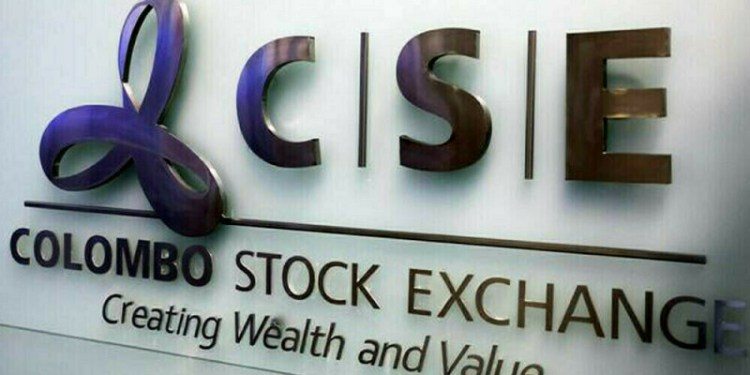By Simon Jessop
LONDON (Reuters) – Investment funds in Europe that take a bonus when they beat their benchmark often fare worse than average over the long-term, a Reuters analysis has shown.
Most funds charge an annual fee based on the amount of money being managed, but a small number take a bonus if they outperform a leading stock or bond market.
The merits of such funds are back in the spotlight after asset manager Fidelity International said it planned to offer performance-linked fees across its active equity funds.
For Fidelity, the move means their interests are better aligned with investors, many of whom are choosing to invest more of their money in cheaper, index funds.
An analysis of Lipper fund data by Reuters, however, shows that many funds which take a performance bonus fared worse than average over five years, once fees are taken into account, although the picture was more varied over the shorter-term.
Jake Moeller, head of UK & Ireland research at Lipper, said it was impossible to give a broad explanation for the performance given the differing composition of each fund.
Below is a table detailing the annualized performance of funds with a performance fee in percentage terms across a number of sectors against the sector as a whole.
FIDELITY
“Performance fees can be good, but they can also be bad. A lot of it depends on the structure,” Hargreaves Lansdowne analyst Laith Khalaf said. “Overall, they do add complication to the system.”
In the case of Fidelity, which manages $411 billion across a range of assets, the plan is to offer a performance-related management fee called a ‘fulcrum fee’ which starts at a lower base and moves between two bands depending on performance.
Fidelity also said it expected more asset managers to follow suit as they look to provide better value for investors — an issue at the heart of a major, critical review by Britain’s financial markets regulator this year.
When announcing details of the structure last month, Fidelity said the move was “a demonstration of commitment to the value of strong active management; challenges that our industry has faced and can no longer ignore”.
Under the new structure, the variable management fee starts at 0.65 percent a year, down from its current 0.75 percent, and will range between 0.45 percent and 0.85 percent depending on performance after all fees and charges.
Lipper’s Moeller said he generally supported the concept of performance fees “where they genuinely align fund manager and investor interests, but they have to be reasonable and well constructed.
“Best practice performance fees should offer a rebate when they underperform with the fund manager effectively putting ‘their money where their mouths are’.”
One concern is that performance fees can incentivize bad behavior if a fund manager takes less risk to protect gains and ensure a performance fee is paid out, or seeks to recover underperformance by making riskier bets.
A look at the Lipper data shows that of the 27,358 actively managed funds based in Europe’s main hubs, just 1,311 carried a performance fee of some form.
The majority — 567 — were in mixed-asset funds, with 404 equity funds, 155 bond funds, 154 alternative funds and handful scattered across commodities, real estate, money market and other funds.
A look at the equity funds, though, shows a broad range of performance-fee structures ranging from 1 percent to 25 percent depending on beating a broad range of indexes or set ‘hurdle’ rate, or a previous fund high, the ‘high water mark’.
The complexity of many is somewhat at odds with the wider regulatory drive for greater transparency in financial markets, so as to ensure retail investors get a better deal.
“The idea that that kind of fee structure could proliferate across the industry is quite frightening, because it would make comparisons between funds almost impossible,” Hargreaves Lansdowne’s Khalaf said.
Source: Investing.com


























